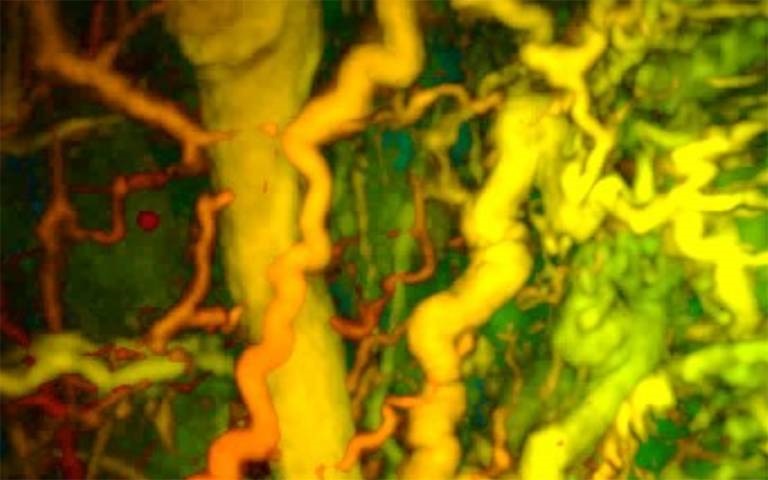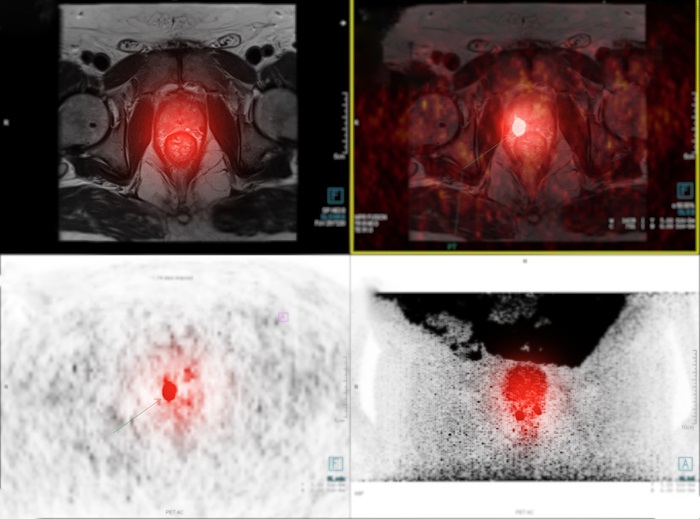Novel Endoscope Enables Increased Diagnostic Yield IAD
|
By MedImaging International staff writers Posted on 23 Mar 2017 |
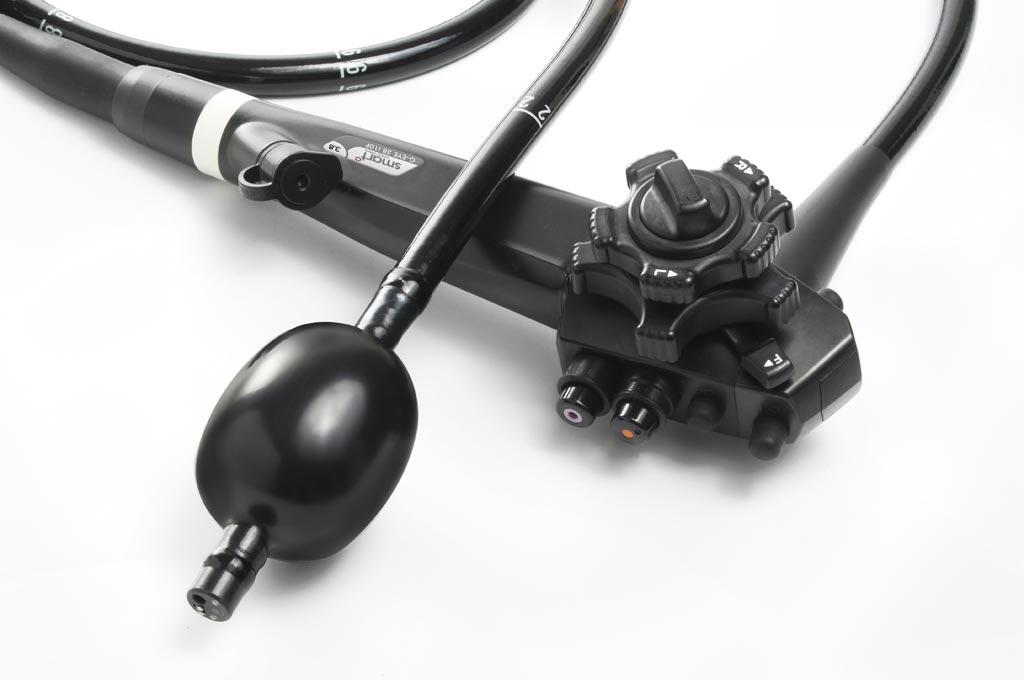
Image: The G-EYE mounted on a Pentax HD+ endoscope (Photo courtesy of Smart Medical Systems).
A permanently integrated balloon system mounted at the tip of a conventional endoscope enhances colonoscopy detection capabilities by straightening intestinal haustral folds, improving endoscope optics, and eliminating bowel slippage.
The Smart Medical Systems G-EYE endoscope involves a permanently integrated, reusable balloon mounted at the bending section of a standard endoscope. While still maintaining all the optical and mechanical features of the standard endoscope, The G-EYE can transform it into a versatile, high-performance device by employing a unique controlled withdrawal technique with the balloon partially inflated, in order to provide enhanced detection capabilities. If needed, the balloon can be readily inflated to anchor and stabilize the endoscope during intervention.
By anchoring the balloon in the colon, the G-EYE system can then enhance therapeutic capabilities by endoscope stabilization, allowing for quicker and easier application of endoscopic accessories. Together with proprietary NaviAid through-the-channel balloon devices, the entire endoscopic assembly obviates the need for pre-procedural mounting and preparation, and can perform optimized ultra-deep small bowel enteroscopy or two-balloon colonoscopy, while avoiding the limitations of other inflation balloon techniques.
“While colonoscopy has long been the technique-of-choice for preventing and diagnosing colorectal cancer, it was well known that many adenomas were unfortunately missed during routine colonoscopy,” said Gadi Terliuc, CEO of SMART Medical Systems. “There was a need for a new product or technique that could reveal missed and hard-to-spot lesions, which is where the G-EYE system excels, providing an almost 50% increase in ADR.”
“We are pleased to offer the integrated solution of SMART Medical’s G-EYE technology with our innovative HD+ endoscopy systems,” said Rainer Burkard, President of EMEA at Pentax Medical, which has an extended partnership with SMART Medical Systems. “We believe it has the capabilities to transform current adenoma detection practices, which is a statement that has been validated through a prospective randomized multi-center study, supported by both companies.”
“The G-EYE endoscope ensures the colon haustral folds are straightened, the endoscope optics are centered within the lumen, bowel slippage is avoided in difficult positions, and the overall visibility is improved,” commented Professor Sauid Ishaq, MD, of Russell’s Hall Hospital (Dudley, United Kingdom), a clinician involved in the G-EYE multicenter study. “The clinical results of the G-EYE endoscope, together with the accessibility advantages, provide a solid ground for the G-EYE endoscope delivering a high-end solution for day-to-day routine colonoscopy.”
The Smart Medical Systems G-EYE endoscope involves a permanently integrated, reusable balloon mounted at the bending section of a standard endoscope. While still maintaining all the optical and mechanical features of the standard endoscope, The G-EYE can transform it into a versatile, high-performance device by employing a unique controlled withdrawal technique with the balloon partially inflated, in order to provide enhanced detection capabilities. If needed, the balloon can be readily inflated to anchor and stabilize the endoscope during intervention.
By anchoring the balloon in the colon, the G-EYE system can then enhance therapeutic capabilities by endoscope stabilization, allowing for quicker and easier application of endoscopic accessories. Together with proprietary NaviAid through-the-channel balloon devices, the entire endoscopic assembly obviates the need for pre-procedural mounting and preparation, and can perform optimized ultra-deep small bowel enteroscopy or two-balloon colonoscopy, while avoiding the limitations of other inflation balloon techniques.
“While colonoscopy has long been the technique-of-choice for preventing and diagnosing colorectal cancer, it was well known that many adenomas were unfortunately missed during routine colonoscopy,” said Gadi Terliuc, CEO of SMART Medical Systems. “There was a need for a new product or technique that could reveal missed and hard-to-spot lesions, which is where the G-EYE system excels, providing an almost 50% increase in ADR.”
“We are pleased to offer the integrated solution of SMART Medical’s G-EYE technology with our innovative HD+ endoscopy systems,” said Rainer Burkard, President of EMEA at Pentax Medical, which has an extended partnership with SMART Medical Systems. “We believe it has the capabilities to transform current adenoma detection practices, which is a statement that has been validated through a prospective randomized multi-center study, supported by both companies.”
“The G-EYE endoscope ensures the colon haustral folds are straightened, the endoscope optics are centered within the lumen, bowel slippage is avoided in difficult positions, and the overall visibility is improved,” commented Professor Sauid Ishaq, MD, of Russell’s Hall Hospital (Dudley, United Kingdom), a clinician involved in the G-EYE multicenter study. “The clinical results of the G-EYE endoscope, together with the accessibility advantages, provide a solid ground for the G-EYE endoscope delivering a high-end solution for day-to-day routine colonoscopy.”
Latest General/Advanced Imaging News
- Low-Dose CT Screening for Lung Cancer Can Benefit Heavy Smokers
- Non-Invasive Imaging Technique Accurately Detects Aggressive Kidney Cancer
- AI Algorithm Reduces Unnecessary Radiation Exposure in Traumatic Neuroradiological CT Scans
- New Solution Enhances AI-Based Quality Control and Diagnosis in Medical Imaging
- AI Tool Detects Cervical Spine Fractures from CT Scans
- Flat Panel Detector Speeds Up Imaging and Diagnosis

- AI Tool Accurately Predicts Stroke Outcomes After Arterial Clot Removal Using CTA Scans
- Motion Compatible Neuroimaging Device Enables Walking PET Brain Scans
- Routine CT Screening Can Identify Individuals at Risk of Type 2 Diabetes
- AI-Based Algorithm Significantly Reduce Miss Rates for Pulmonary Embolism on CT Imaging
- Next Gen Interactive Plaque Analysis Platform Assesses Patient Risk in Suspected Coronary Artery Disease
- Breakthrough Brain PET System Aids Diagnosis of Neurological Disorders
Channels
Radiography
view channel
Novel Breast Cancer Screening Technology Could Offer Superior Alternative to Mammogram
Breast cancer represents 15.5% of new cancer cases and 7% of cancer-related deaths in the United States. Approximately 13.1% of women will be diagnosed with breast cancer during their lifetime.... Read more
Artificial Intelligence Accurately Predicts Breast Cancer Years Before Diagnosis
Mammography screening helps reduce breast cancer mortality; however, its accuracy is not perfect. For decades, various strategies have been employed to enhance the interpretive performance of mammography,... Read more (1).jpg)
AI-Powered Chest X-Ray Detects Pulmonary Nodules Three Years Before Lung Cancer Symptoms
Lung cancer has one of the worst survival rates among all cancers, with more than two-thirds of patients diagnosed at an advanced stage, making curative treatment no longer viable. The issue of missed... Read moreMRI
view channel
Groundbreaking AI-Powered Software Significantly Enhances Brain MRI
Contrast-enhanced magnetic resonance imaging (MRI) utilizes contrast agents to illuminate specific tissues or abnormalities, leading to improved visualization and more comprehensive information.... Read more.jpeg)
MRI Predicts Patient Outcomes and Tumor Recurrence in Rectal Cancer Patients
Colorectal cancer is on the rise among younger adults—those under 50—while it has been declining in older populations. It is estimated that approximately 1 in 23 men and 1 in 25 women will be diagnosed... Read more
Portable MRI System Dramatically Cuts Time-To-Scan vs. Conventional MRI in Stroke Patients
Imaging of the brain is crucial for the management of acute stroke and transient ischemic attack. Key roles of imaging include confirming the diagnosis, determining treatment eligibility, indicating the... Read moreUltrasound
view channel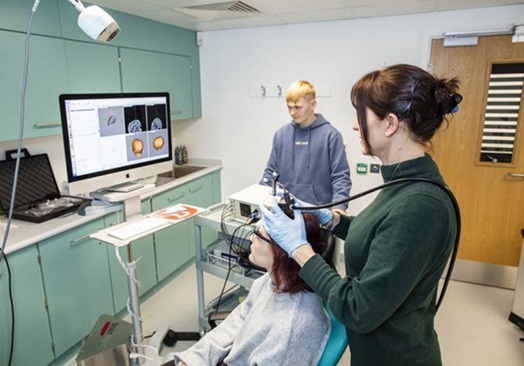
Ultrasound Can Identify Sources of Brain-Related Issues and Disorders Before Treatment
For many years, healthcare professionals worldwide have relied on ultrasound to monitor the growth of unborn infants and evaluate the health of internal organs. However, ultrasound technology, once primarily... Read more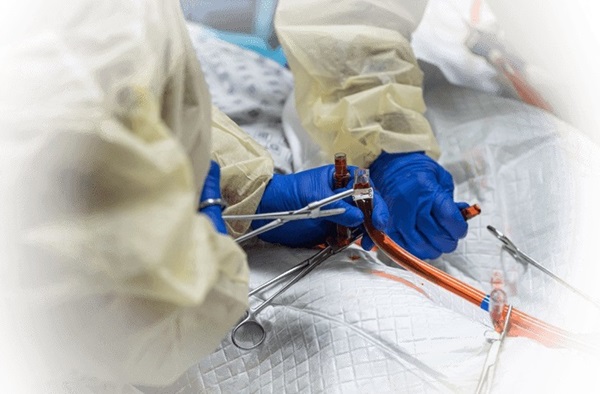
New Guideline on Handling Endobronchial Ultrasound Transbronchial Needle Samples
Endobronchial ultrasound-guided transbronchial needle aspiration (EBUS-TBNA) has become the standard procedure for the initial diagnosis and staging of lung cancer; however, there is limited guidance on... Read more
Groundbreaking Ultrasound-Guided Needle Insertion System Improves Medical Procedures
Ultrasound-guided neuraxial procedures have traditionally been hampered by technical challenges, such as the need for three hands to manage the needle, probe, and syringe simultaneously, steep needle angles... Read moreNuclear Medicine
view channel
PET Software Enhances Diagnosis and Monitoring of Alzheimer's Disease
Alzheimer’s disease is marked by the buildup of beta-amyloid plaques and tau protein tangles in the brain. These deposits of beta-amyloid and tau appear in various brain regions at differing rates as the brain ages.... Read more.jpg)
New Photon-Counting CT Technique Diagnoses Osteoarthritis Before Symptoms Develop
X-ray imaging has evolved significantly since its introduction in 1895. This technique is known for capturing images quickly, making it ideal for emergency situations; however, it does not provide adequate... Read moreImaging IT
view channel
New Google Cloud Medical Imaging Suite Makes Imaging Healthcare Data More Accessible
Medical imaging is a critical tool used to diagnose patients, and there are billions of medical images scanned globally each year. Imaging data accounts for about 90% of all healthcare data1 and, until... Read more
Global AI in Medical Diagnostics Market to Be Driven by Demand for Image Recognition in Radiology
The global artificial intelligence (AI) in medical diagnostics market is expanding with early disease detection being one of its key applications and image recognition becoming a compelling consumer proposition... Read moreIndustry News
view channel.jpeg)
Philips and Medtronic Partner on Stroke Care
A stroke is typically an acute incident primarily caused by a blockage in a brain blood vessel, which disrupts the adequate blood supply to brain tissue and results in the permanent loss of brain cells.... Read more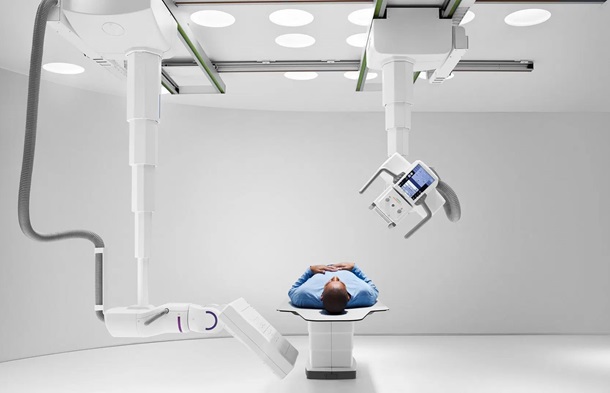
Siemens and Medtronic Enter into Global Partnership for Advancing Spine Care Imaging Technologies
A new global partnership aims to explore opportunities to further expand access to advanced pre-and post-operative imaging technologies for spine care. Medtronic plc (Galway, Ireland) and Siemens Healthineers... Read more
RSNA 2024 Technical Exhibits to Showcase Latest Advances in Radiology
The Radiological Society of North America (RSNA, Oak Brook, IL, USA) has announced highlights of the Technical Exhibits at RSNA 2024: Building Intelligent Connections, the Society’s 110th Scientific Assembly... Read more








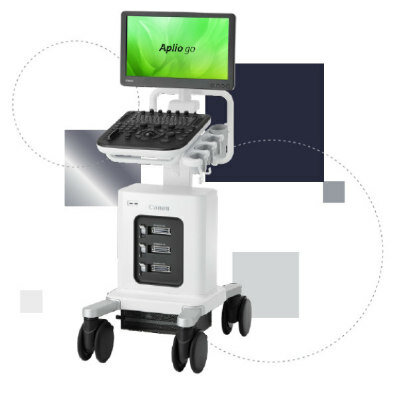




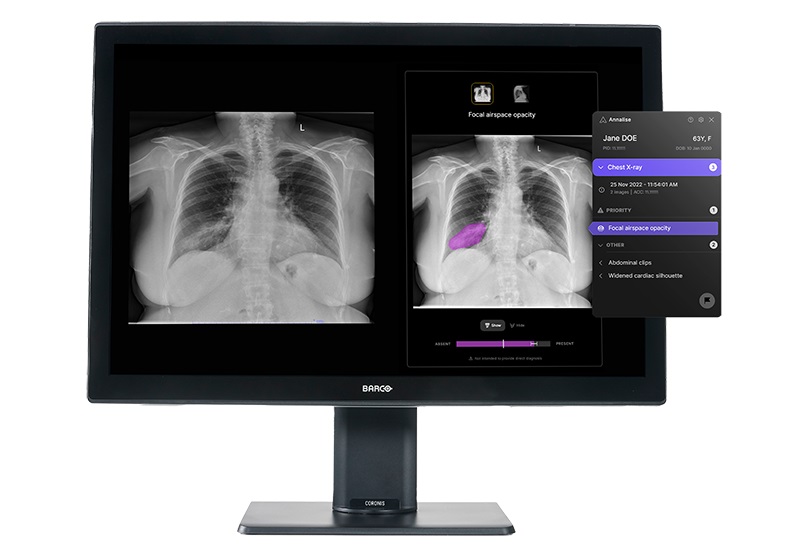
.jpg)
